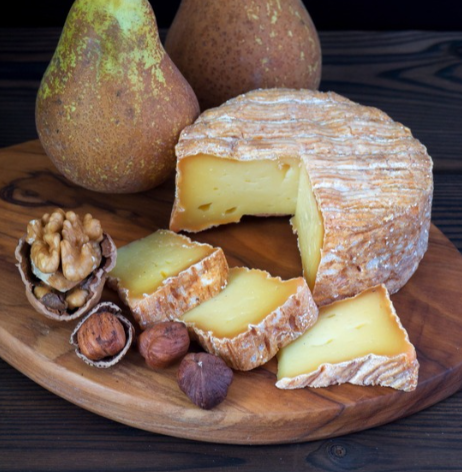Washed Rind Cheese: Bold, Earthy & Monastic in Origin
Washed rind cheeses trace their origins to Northern France, where monks first developed the technique of washing cheese surfaces with brine, wine, beer, or other bacteria-promoting liquids. This regular washing process encourages the growth of Brevibacterium linens, a beneficial bacteria that gives these cheeses their unmistakable character.
Characteristics
The washing process activates the rind, which gradually turns a sticky orange hue, deepening in color as the cheese matures.
Washed rind cheeses can range from soft and creamy to semi-hard or firm, and are known for their sweet, earthy aroma with a nutty undertone.
Note: If over-ripened, the cheese can develop an ammoniated smell or taste—a strong, unpleasant ammonia-like quality—so proper aging and storage are essential.
What You’ll Need to Make Washed Rind Cheese
Ingredients:
-
Un-homogenised cow’s milk
-
Type E starter culture (for a modern recipe) or Type B starter (for a traditional approach)
-
Rennet
-
Calcium chloride
-
Cheese salt
-
Brevibacterium linens
-
Annatto (optional, for coloring)
-
Geo (white mould spores – Geotrichum candidum)
Specialist Equipment:
-
Cheese baskets or hoops
-
Cheese cloth
-
Syringes
-
Thermometer
Download Washed Rind Recipe here

